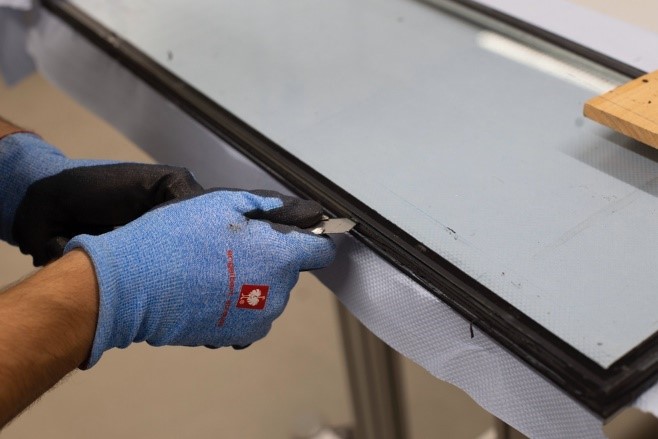Reuse Potential of Architectural Glass
Experimental Study on the Strength of Used Window Glazing

Abstract
Glass is a highly durable and infinitely recyclable material, yet in practice only a small portion of architectural glass products re-enters the value chain after its first use. An increasing rate of energy retrofits of the EU building stock will result in replacement of 85% of existing windows in near future; in the current linear glass supply chain, this will generate large amounts of glass waste. Despite high recycling rates of container glass in Europe, window glazing is very rarely recycled into new glazing, and reuse is almost entirely unexplored. For aged glazing to be reused in construction, better knowledge of its surface quality and structural performance is needed. The main objective of this paper is to explore the effects of ageing and exposure to indoor and outdoor environment on the strength of glass. A comparative investigation is undertaken to evaluate the strength and surface quality of the internally, externally and cavity-facing glass surfaces of insulating glass units (IGUs) after 30 years of use in a building envelope in the Netherlands. The glass panes are separated from the IGU assembly and cut into specimens for microscopy and coaxial double ring tests. The study shows that the visual quality is best preserved on the cavity-facing surface, consequently exhibiting the highest bending strength. The internally and externally facing surfaces, with visibly more extensive damage, exhibited similarly lower strengths at low probabilities of failure. When compared to the design strength of new annealed glass acc. to EN 16612, all the surfaces showed a reuse potential, with considerable bending strength.
Published
Issue
Section
Circularity & Sustainable Solutions
License
Copyright (c) 2024 Jagoda Cupac, Corinna Datsiou, Christian Louter

This work is licensed under a Creative Commons Attribution 4.0 International License.



